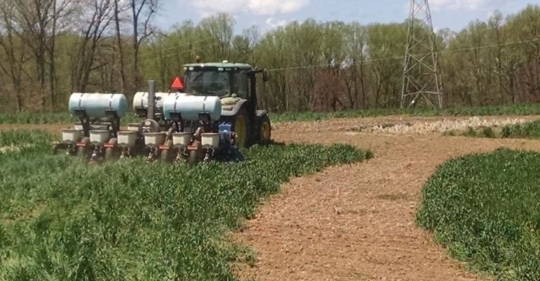Explore our blog featuring articles about farming and irrigation tips and tricks!
3 Ways Cover Crops Can Reduce Need For Fertilizer

By: Steve Groff
Although I try not to pitch cover crops as a magic bullet for cost saving, the truth is that the answer to the question, “Do cover crops pay?” is a resounding “Yes!”
Often, we tend to focus on where they pay off in profit with increased yields. But one of the most overlooked benefits of cover crops is in savings on inputs, such as fertilizer.
Understanding this dynamic and utilizing it is complex. It depends a lot on a field’s cropping history, its existing soil health index, crop rotations and the level of biological diversity you’ve been able to achieve.
I’ve done controlled testing on my own farm for decades. Here are three ways I have found that you can save on fertilizer use with cover crops:
1. Saving nutrients. In general, your soil will have residual nutrients hanging out in the top 24 inches, such as nitrates.
With bare soil and nothing growing, this useful nitrogen will tend to leave, leaching out through groundwater and runoff. However, lots of plants can forage this nitrogen and turn it into biomass that can re-release more effectively when you need it.
Radishes, cereal rye and oats do particularly well at capturing the nitrogen you paid for to be released for next year’s crop. The timing of the release is affected by the maturity of the cover crop when it is terminated or winter-killed.
Stay up to date on all T-L news and get alerts on special pricing!


